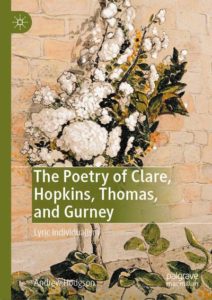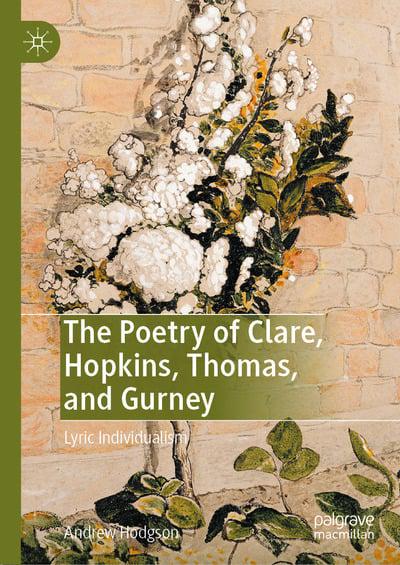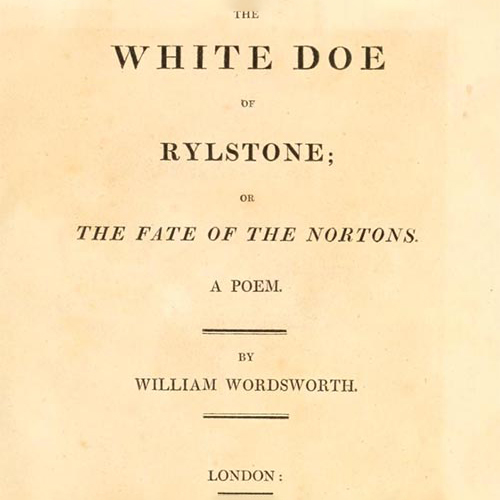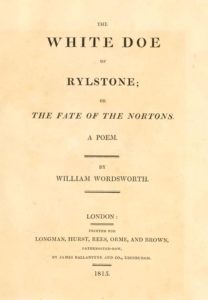The Poetry of Clare, Hopkins, Thomas, and Gurney: Lyric Individualism
Andrew Hodgson (Basingstoke, 2020)
 Recommended by Jessica Fay
Recommended by Jessica Fay
This book will be of interest to anyone who enjoys attending closely to the intricate methods poets use to express what they perceive and how they perceive it. We all see the world in different ways, observing different things, and our sense of identity and sense of home is channelled through those unique experiences. Subjective encounters with specific places, local events, and minute aspects of nature are at the centre of Romantic poetics. But while the aim of Wordsworth’s self-consciousness, for example, is to discover and communicate universal truths, this book shows—through a series of close readings—how four poets struggled with and against language, syntax, and form to achieve extreme lyric integrity, communicating the singularity of their embodied perception of the world for its own sake. Clare, Hopkins, Thomas, and Gurney emerge as proponents of a newly isolated and intricately defined poetic style that will nuance thinking about the spectrum of approaches to lyric subjectivity traceable within the Romantic tradition.


 Recommended by
Recommended by